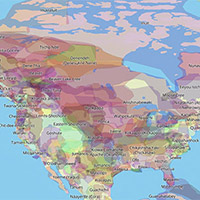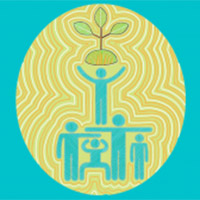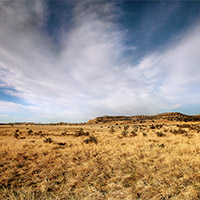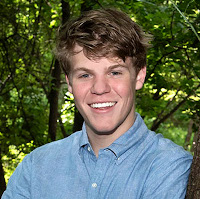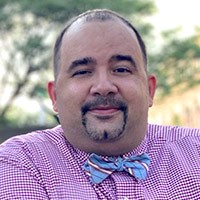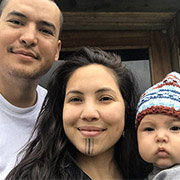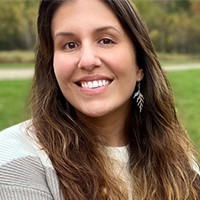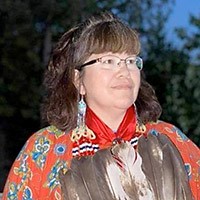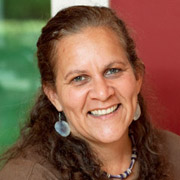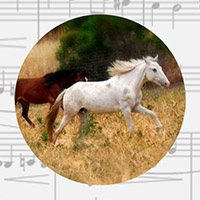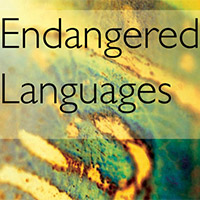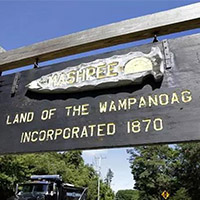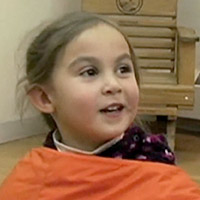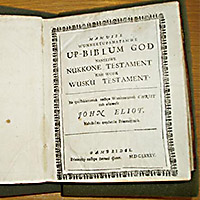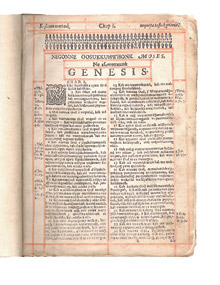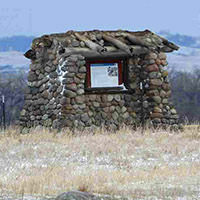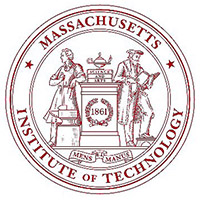MAKING A JUST SOCIETY
Native American and Indigenous Perspectives
Scholarship, education, and creativity in MIT's humanistic fields
|
|
PROJECT INDIGENOUS MIT expands commitment to Indigenous scholarship and community
Story by Peter Dizikes, MIT News 2022 |
|
|
ANTHROPOLOGY Living Climate Futures event shows a holistic way forward on the climate crisis
2022 |
|
|
MUSIC World premiere: Charles Shadle's Symphony No.4
2022 |
|
|
The Language of Change | Ryan Conti '23 Undergraduate student in Philosophy Preparing for a career advancing the science and policy of climate issues, Conti focuses on math, computer science, and the philosophy of language. As a citizen of the Chickasaw Nation, Conti is also pursuing another linguistic passion: he says that working to revitalize the endangered Chickasaw language “could be one of the most important things I do with my life.” 2021 |
|
|
The Indigenous History of MIT / 21H.283 Taught by Dr. David Shane Lowry ‘07
Lowry, SB ’07, in Anthropology, has returned to MIT as a Distinguished Fellow in Native American Studies, based in the MIT History section. In this role, Lowry, a member of the Lumbee Tribe, is leading a conversation about the responsibilities of MIT (and sci/tech education generally) in the legacy of injustices to Native American peoples. In Lowry’s course, students also focus on how Indigenous peoples have influenced the rise and empowerment of MIT.
Interview by SHASS Communications | About 21H.283 | Lowry webpage |
|
|
Saving Iñupiaq | Annauk Denise Olin Graduate student in Linguistics Olin, a graduate student in Linguistics, is working to help her Alaska Native community preserve their language and navigate the severe impact of climate change on their coastal village. 2020 |
|
|
Cultural Inheritance IAP Workshop In a unique workshop, students explore and honor their personal histories. 2020 |
|
|
A Voice for Native Voices | Leah Lemm ‘04
After earning a degree in Economics and a minor in Writing at MIT, Leah Lemm ’04, a member of the Mille Lacs Band of the Ojibwe tribe, studied music production and engineering, and gained expertise at Minnesota Public Radio. Lemm now produces radio segments and podcasts that examine media portrayals of Native people: she reports for the weekly MPR segment Minnesota Native News, and, with her brother, hosts and produces the podcast Native Lights: Where Indigenous Voices Shine.
Story by MIT Alumni Association 2021 |
|
|
Two-Eyed Seeing | Patricia Saulis In this interview, Saulis, MLK Visiting Scholar and Executive Director of the Maliseet Nation Conservation Council, discusses drawing on both Indigenous and Western knowledge systems to develop more sustainable ways to live on the planet. |
|
|
Jessie LIttle Doe Baird SM'00 receives 2010 MacArthur Fellowship Award honors her work to revive Wampanoag (Wôpanâak), a language once spoken by tens of thousands of people, which became extinct in the 19th century. 2010 |
|
|
|
MIT composer Charles Shadle releases "Choctaw Animals," honoring his Native American heritage.
|
|
|
|
Endangered Languages "Exploring the full range of human languages is to the linguist what examining the abundance of species on the planet is to the biologist. There may well be crucial questions about the structure of human language that can only be answered by working with, say, speakers of Navajo." |
|
|
|
The true story of the first Thanksgiving and what it meant |
|
|
|
Award-winning film:
|
|
|
Two editions of the Eliot Indian Bible were the first Bibles published in America.
Right: A copy of the 1663 edition |
The Eliot Bible
A rare book in MIT’s archives helps linguists revive a long-unused Native American language. 2009 |
|
|
|
||
|
|
The Worldviews of Indigenous and Western Science June 2021
Image: A stone kiosk marks the site of the Molander Indian Village Historic Site in North Dakota. Credit: Jodi Rave Spotted Bear |
|
|
|
|
|
|
|
|
|
|
|
||
